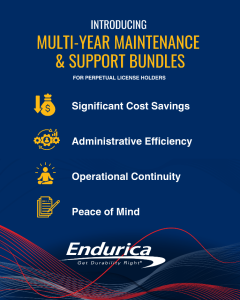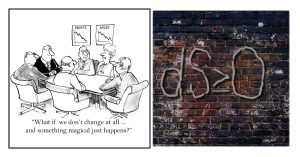Q: With regards to fatigue life prediction methods, where was the rubber industry 10 years ago?
Will: There was plenty of great academic work and good understanding of fundamentals, but the methods were only deployed – if at all – via “homebuilt” solutions that could never support a broad enough audience to really impact daily product design decisions. Simulation methods and experimental methods shared theoretical foundations but they were poorly integrated. They suffered from operational problems, noisy data and open-ended test duration. It was possible to analyze a crack if you could mesh it, but the added bookkeeping and convergence burdens were usually not sustainable in a production engineering context. Mostly, analysts relied on tradition-based crack nucleation approaches that would look at quantities like strain or stress or strain energy density. These were not very accurate and they were limiting in many ways, even though they were widely used. They left companies very dependent on build and break iterations.
Q: Where is the industry today?
Will: The early adopters of our solutions have been off and running now for a number of years. Our critical plane method has gained recognition for its high accuracy when dealing with multiaxial cases, cases involving crack closure, cases involving strain crystallization. Our testing methods have gained recognition for high reliability and throughput. Our users are doing production engineering with our tools. They are consistently winning on durability issues. They are handling durability issues right up front when they bid for new business. They are expanding their in-house labs to increase testing capacity and they are winning innovation awards from OEMs. They are using actual road-load cases from their customers to design light-weight, just-right parts that meet durability requirements. The automotive industry has lead adoption but aerospace, tires, energy, and consumer products are also coming up. We have users across the entire supply chain: raw material suppliers, component producers and OEMs. The huge value that was locked up because durability was previously so difficult to manage is now unlocked in new ways for the first time. This has been the wind in Endurica’s sails for the last 10 years.
Q: Where do you see the industry in 10 years?
Will: In 10 years, OEMs will expect durability from all component producers on day 1, even for radical projects. They will expect designs already optimized for cost and weight. They will push more warrantee responsibility to the supplier. They will monitor durability requirements via shared testing and simulation workflows. Suppliers will pitch solutions using characterization and simulation to show their product working well in your product. The design and selection of rubber compounds to match applications will enter a golden age as real-world customer usage conditions will finally be taken fully into account. Where design and selection was previously limited by the budget for a few build and break iterations, and low visibility of design options, they will soon be informed by an almost unlimited evaluation of all possibilities. Where simulation methods have traditionally had greatest impact on product design functions, we will also start to see rubber part Digital Twins that track damage accumulation and create value in the operational functions of a business. Durability is definitely set to become a strong arena for competition in the next 10 years.







